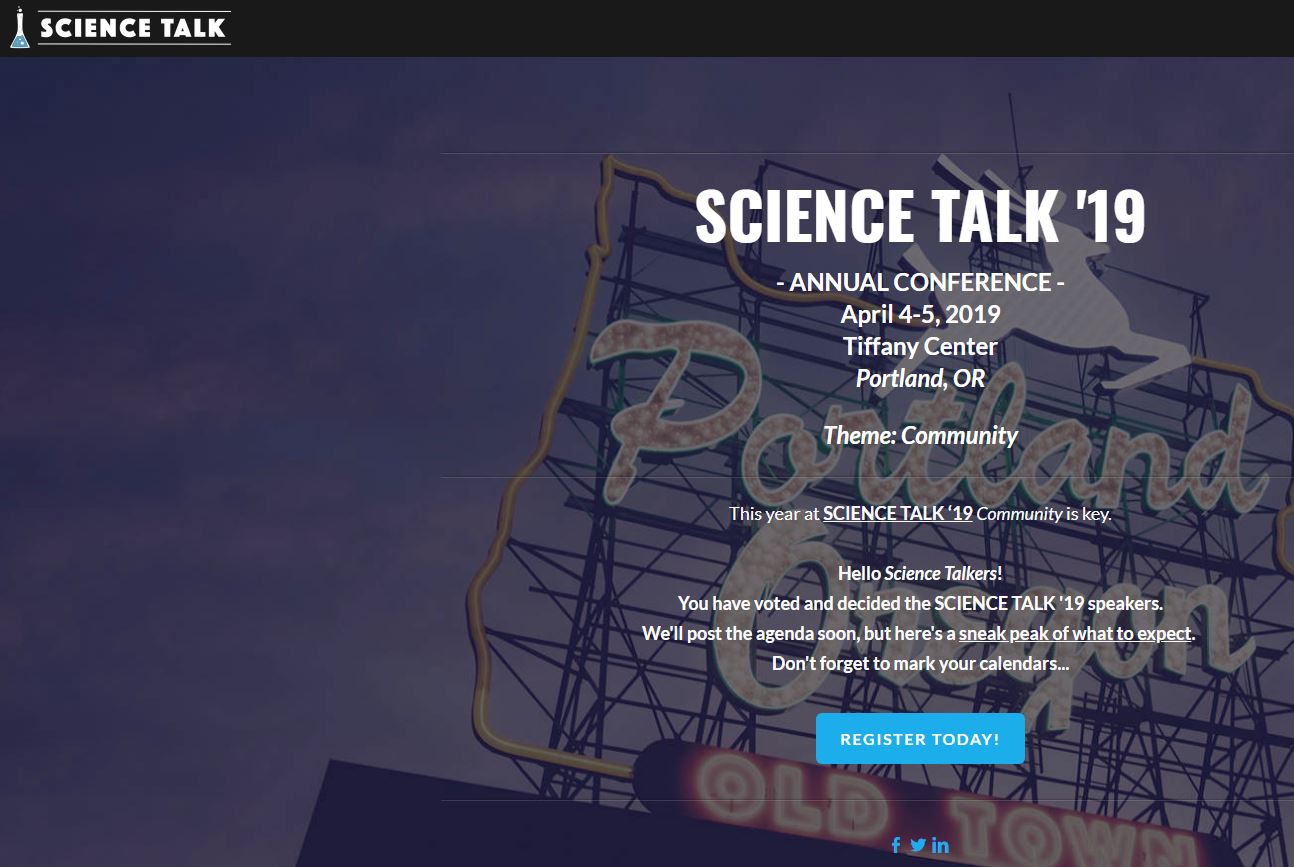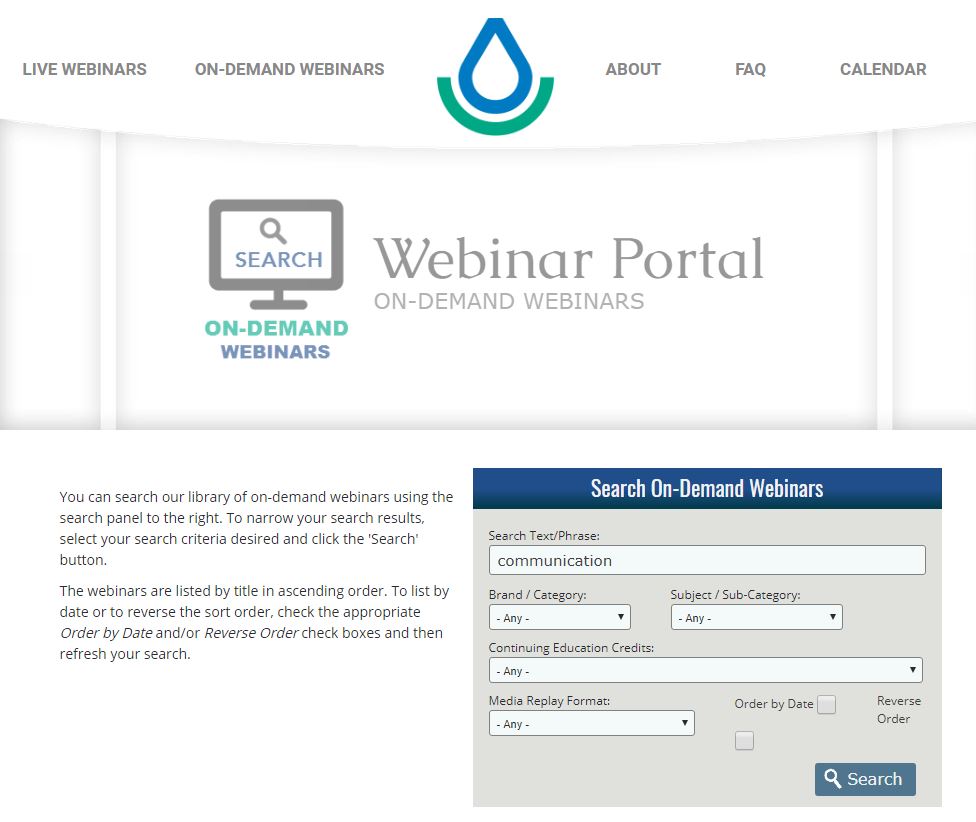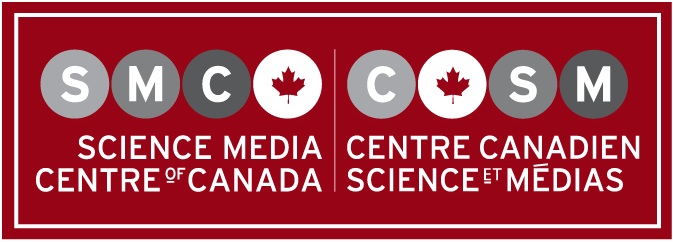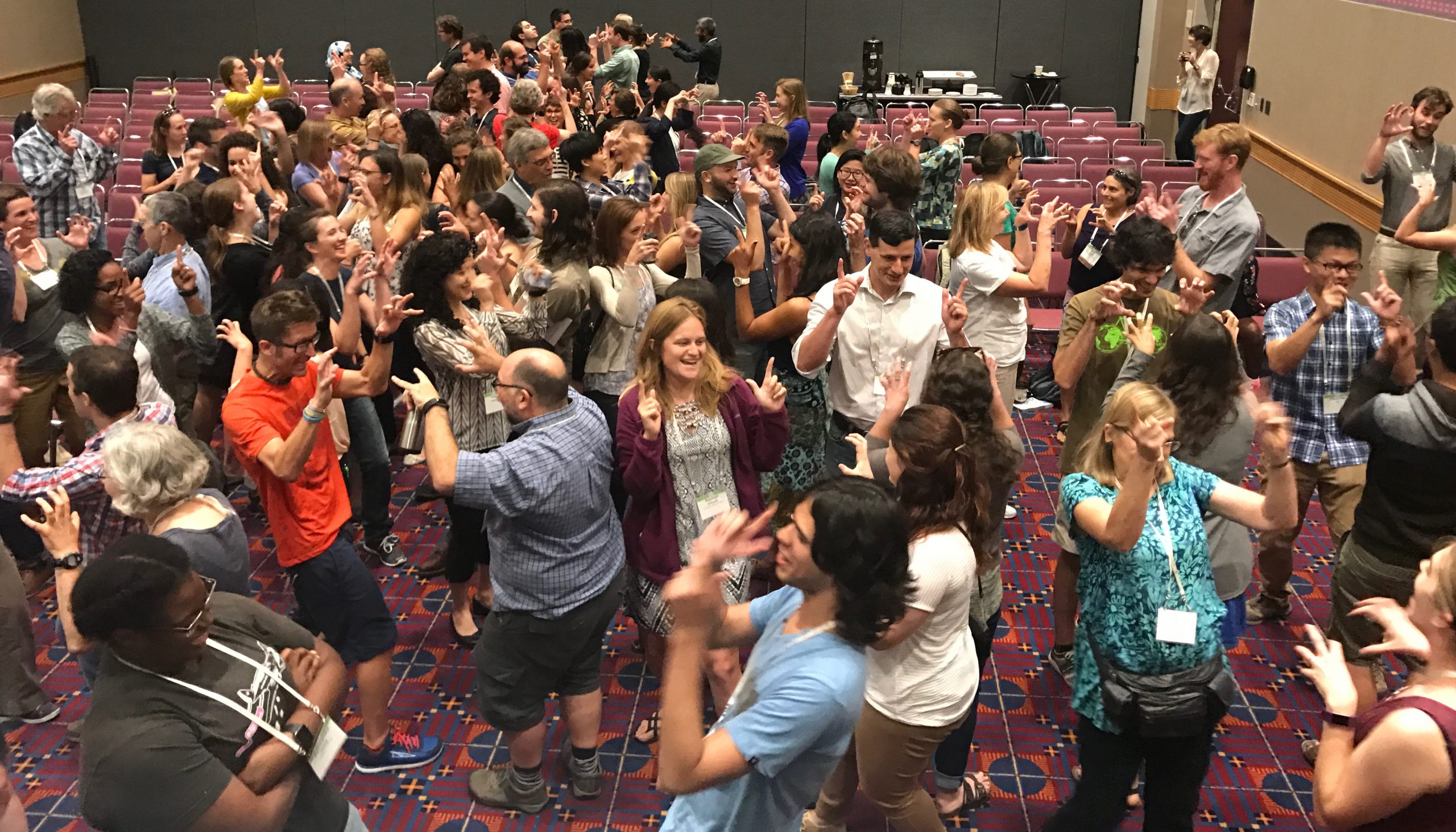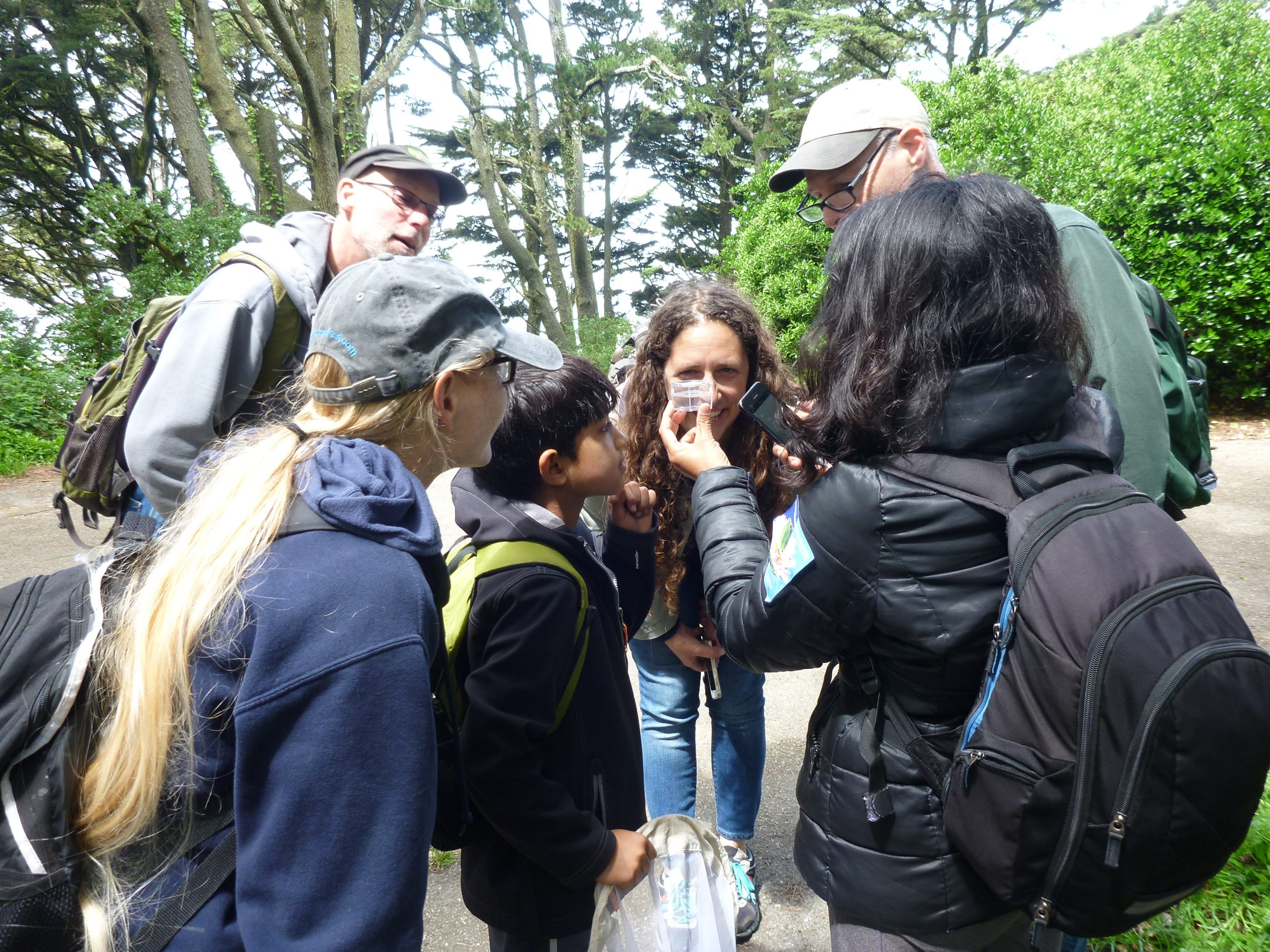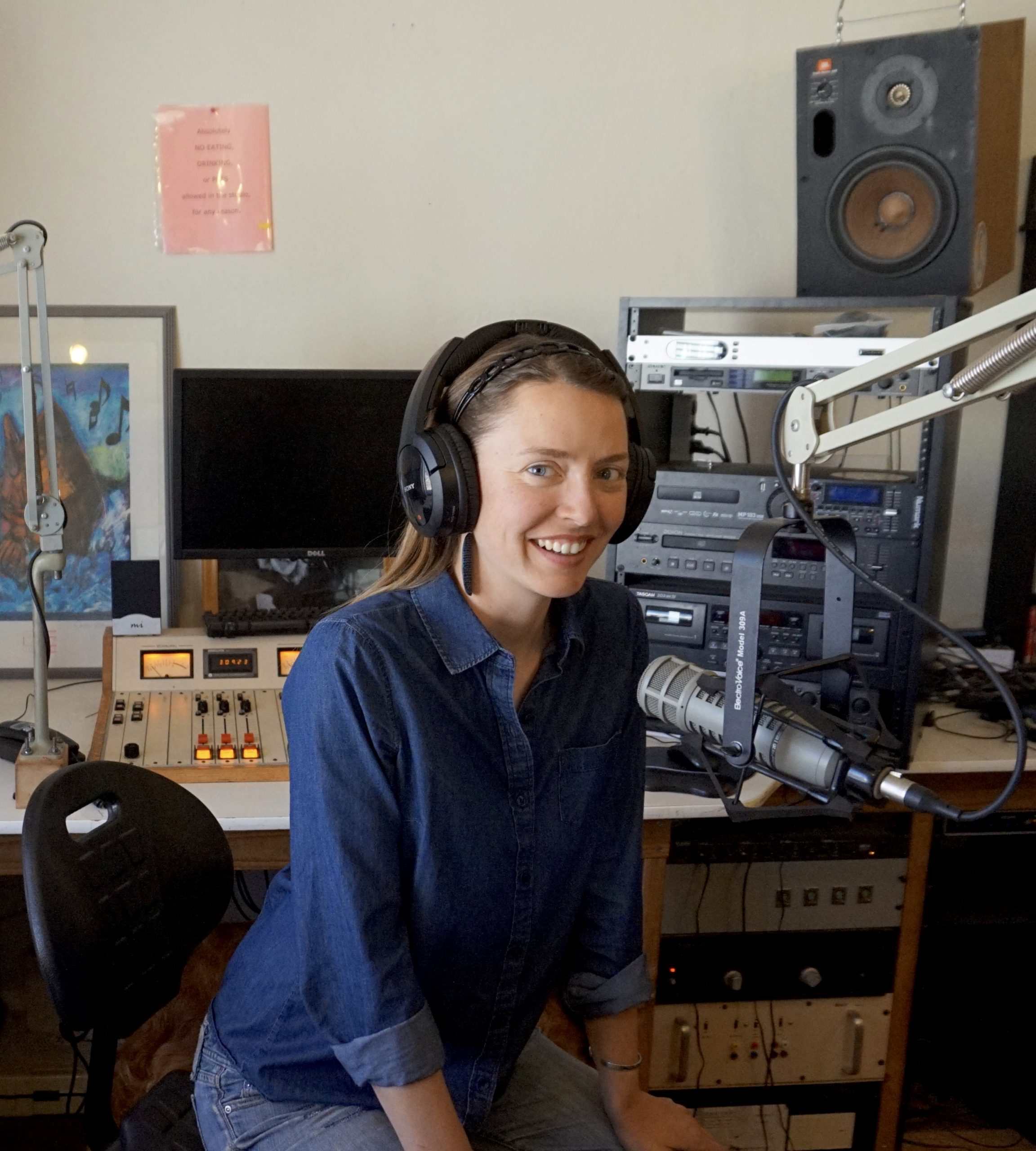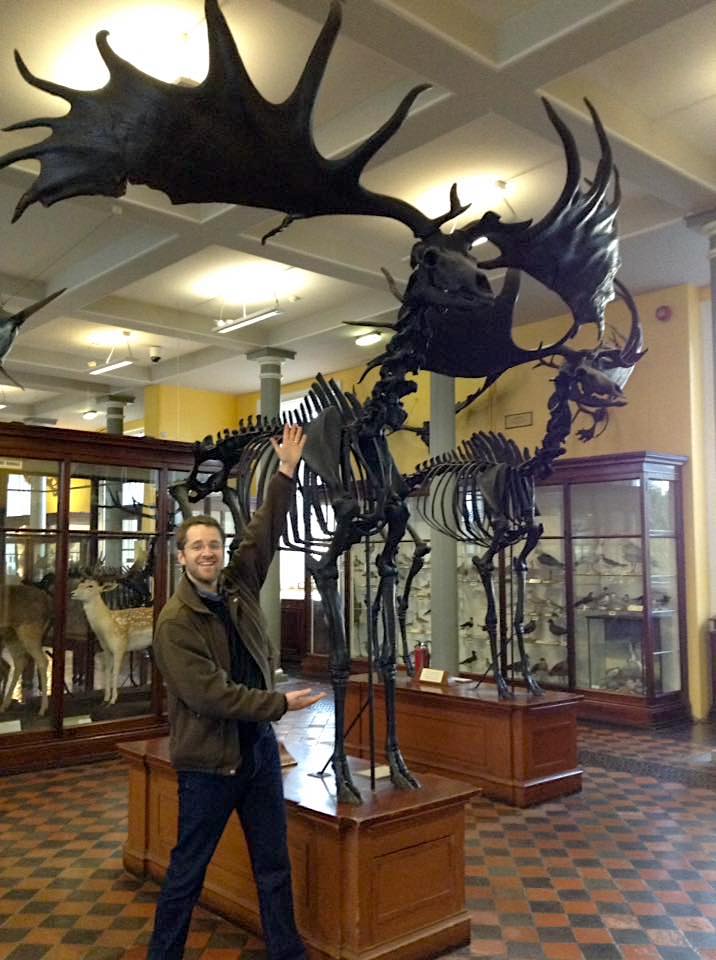
Resource of the Week: Webinars from Metcalf Institute for Marine & Environmental Reporting
Excerpt from website: “Metcalf Institute webinars feature leading scientists, policy makers, and communicators in a variety of fields to help news consumers make sense of complex science and environment issues. The seminars are archived on Metcalf Institute’s YouTube channel. Metcalf Institute webinars are part of our Climate Change and the News Initiative, developed to assist journalists in covering the science and impacts of…

